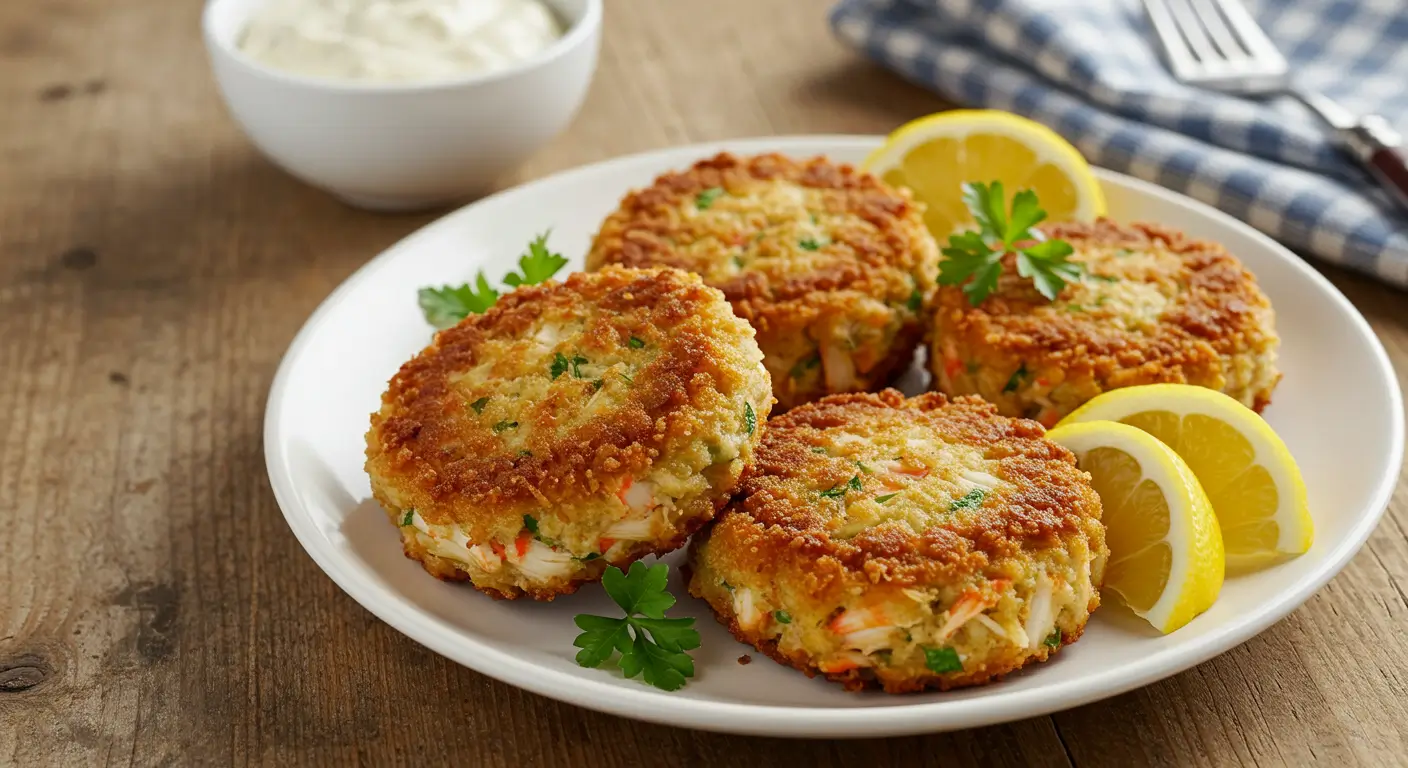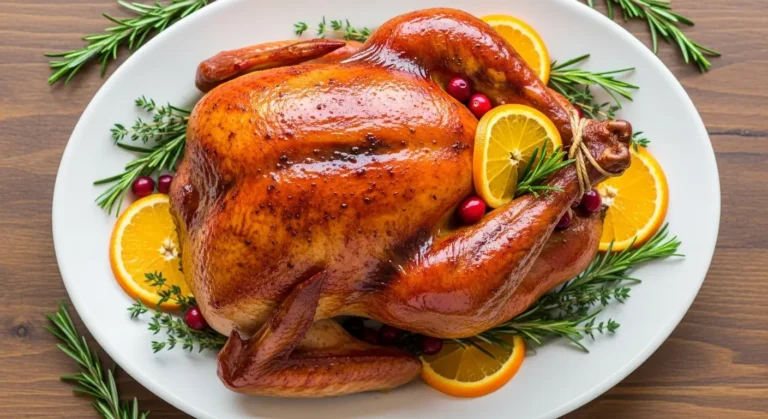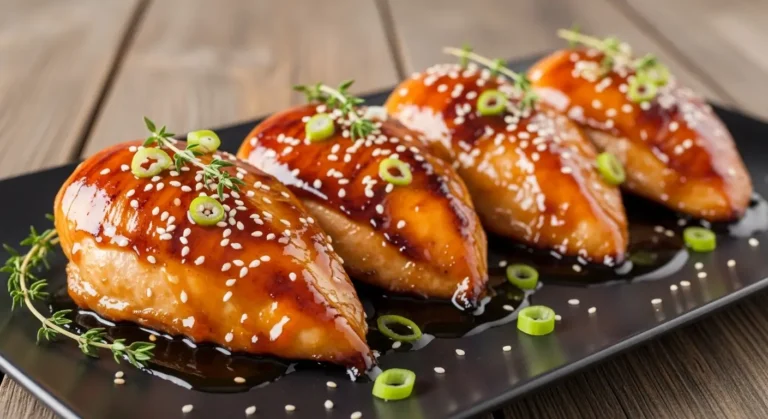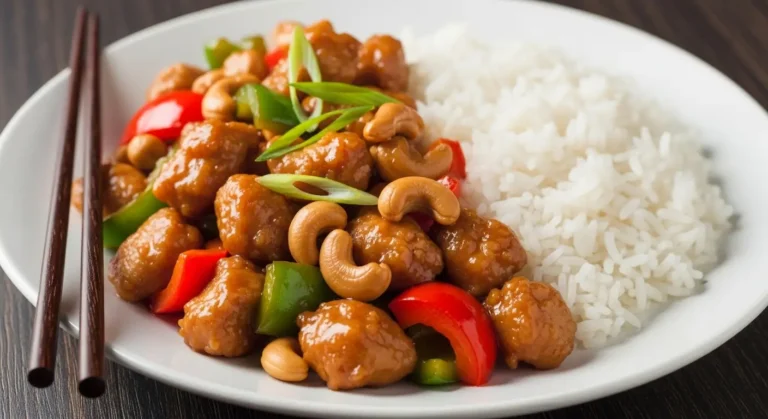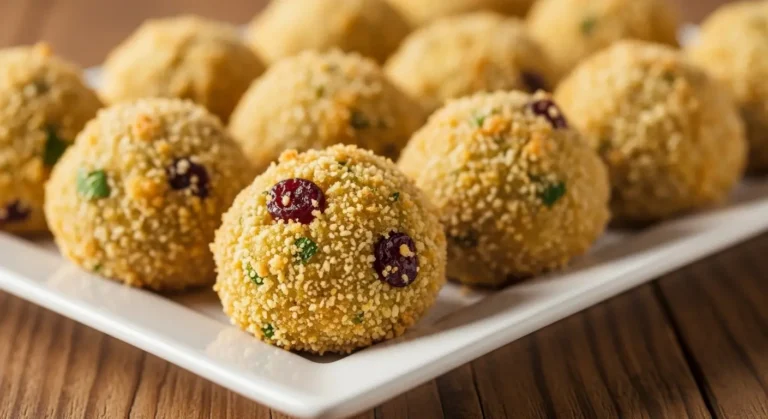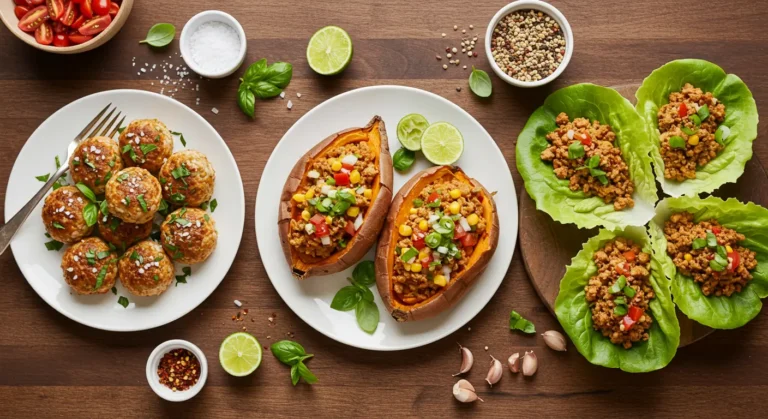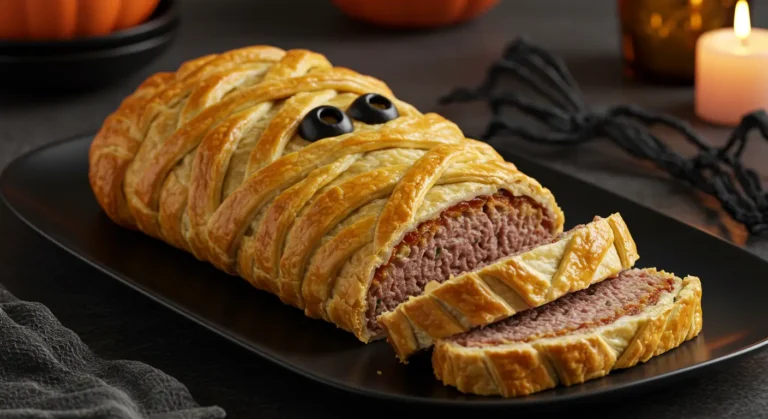Simple Crab Cake Recipe That Never Fails
What makes the difference between a crab cake recipe that falls apart on the plate and one that holds together beautifully while delivering that perfect golden exterior and tender, flaky interior? Most home cooks struggle with achieving restaurant-quality crab cakes, often ending up with dense, bread-heavy patties that mask the delicate sweetness of fresh crabmeat. The secret lies in understanding the precise balance of binding agents, handling techniques, and cooking methods that professional chefs use daily in their kitchens.
This foolproof crab cake recipe eliminates the guesswork and delivers consistently exceptional results every single time you prepare it. Whether you’re crafting an elegant dinner party appetizer or a satisfying main dish recipe for your family gathering, these golden-brown beauties will become your go-to seafood creation that impresses every guest. Professional chefs know that the foundation of any outstanding crab cake recipe begins with respecting the primary ingredient – the crabmeat itself. By understanding how different components interact and learning the proper timing for each step, you’ll master this classic dish.
Table of Contents
Ingredients List
For this crab cake recipe you’ll need these carefully selected ingredients that work in perfect harmony to create the ideal texture and flavor balance:
- 1 pound fresh jumbo lump crabmeat, meticulously picked over for shells and cartilage
- 1/3 cup high-quality mayonnaise
- 1 large farm-fresh egg,
- 2 tablespoons fresh lemon juice
- 1 tablespoon Dijon mustard
- 1 tablespoon Worcestershire sauce
- 1/2 cup panko breadcrumbs
- 2 green onions, finely chopped
- 2 tablespoons fresh Italian parsley
- 1/2 teaspoon Old Bay seasoning
- Sea salt and freshly ground black pepper to taste
- 2 tablespoons neutral vegetable oil for pan-frying
- Fresh lemon wedges for serving and additional acidity
Timing
This crab cake recipe requires careful attention to timing for achieving optimal results and perfect texture:
- Prep Time: 20 minutes for thorough mixing, seasoning, and careful shaping
- Chilling Time: 30 minutes minimum (up to 4 hours for best structural integrity)
- Cooking Time: 6-8 minutes per batch, depending on size and thickness
- Resting Time: 5 minutes after cooking for optimal serving temperature
- Total Time: 60-75 minutes from start to finish, including all preparation steps
Step-by-Step Instructions
Step 1: Prepare the Premium Crab Mixture
Begin by gently folding the crabmeat in a large mixing bowl, carefully removing any remaining shell pieces or cartilage without breaking up the precious lumps. The key here is gentle handling – treat the crabmeat like delicate treasure that deserves respect. Each piece should remain as intact as possible to create those coveted chunks of sweet crab in your finished cakes. Combine mayonnaise, beaten egg, fresh lemon juice, Dijon mustard, and Worcestershire sauce in a separate bowl, whisking until completely smooth and well incorporated.
Step 2: Combine Wet and Dry Ingredients Strategically
Pour the creamy mayonnaise mixture over the crabmeat and add exactly half of the panko breadcrumbs, chopped green onions, minced parsley, Old Bay seasoning, and optional cayenne pepper. Using a fork or your hands with the lightest touch possible, gently fold everything together until just combined. The mixture should hold together when gently pressed but still maintain a chunky, appealing appearance that showcases the crabmeat.
Step 3: Shape the Perfect Crab Cakes
Divide the mixture into 6 equal portions, forming each into a uniform patty approximately 3 inches in diameter and 3/4 inch thick for even cooking. Place the remaining panko breadcrumbs on a large plate and lightly coat each crab cake on both sides, pressing gently to ensure adherence. This exterior coating creates that coveted golden crust while protecting the delicate interior during the cooking process.
Step 4: Chill for Optimal Structural Integrity
Transfer the shaped crab cakes to a parchment-lined baking sheet and refrigerate for at least 30 minutes, though longer chilling time up to 4 hours produces even better results. This chilling step is absolutely crucial – it allows the binding agents to firm up properly and prevents the cakes from falling apart during the cooking process, ensuring perfect presentation.
Step 5: Cook to Golden Perfection
Heat vegetable oil in a large, heavy-bottomed skillet over medium-high heat until the oil shimmers but doesn’t smoke. Carefully place the chilled crab cakes in the pan, leaving adequate space between each one to prevent overcrowding. Cook for 3-4 minutes until the bottom develops a beautiful golden brown and crispy crust, then flip once using a thin spatula and cook for another 3-4 minutes until both sides are gorgeously browned.
Step 6: Serve at Peak Temperature
Transfer the perfectly cooked crab cakes to a serving platter lined with paper towels to absorb excess oil, then move to your final serving dish. Garnish with fresh lemon wedges and serve immediately while hot. The exterior should be crispy and golden while the interior remains moist and flaky, showcasing the sweet crabmeat in every single bite.
Nutritional Information
For a serving of this crab cake recipe:
- Calories: 185
- Protein: 18g
- Carbohydrates: 8g
- Fat: 9g
- Saturated Fat: 2g
- Cholesterol: 95mg
- Sodium: 420mg
- Dietary Fiber: 1g
- Vitamin B12: 6.2mcg
- Selenium: 37mcg
- Zinc: 3.2mg
- Phosphorus: 180mg
- Copper: 0.8mg
Healthier Alternatives for the Recipe
Transform your crab cake recipe into a healthier version with these modifications:
- Greek Yogurt Substitution: Replace traditional mayonnaise with plain Greek yogurt to reduce calories by 40 and add 4g of protein per serving
- Whole Wheat Panko: Use whole wheat panko breadcrumbs to increase fiber content by 2g per serving while adding nutty flavor
- Baked Instead of Fried: Bake at 425°F for 12-15 minutes, brushing with olive oil for a crispy exterior without additional calories
- Almond Flour Coating: Substitute regular breadcrumbs with finely ground almond flour for a low-carb, gluten-free option that adds healthy fats
- Avocado Oil: Use avocado oil instead of vegetable oil for higher smoke point and beneficial monounsaturated fats
- Extra Vegetables: Add finely diced bell peppers, celery, or carrots for additional fiber and nutrients without compromising texture
- Egg White Alternative: Use two egg whites instead of one whole egg to reduce cholesterol while maintaining binding properties
Serving Suggestions
Elevate your crab cake recipe experience with these creative and delicious presentation ideas:
- Classic Remoulade: Serve with homemade remoulade sauce made from mayonnaise, capers, pickles, fresh herbs, and lemon juice
- Fresh Arugula Salad: Place warm crab cakes over peppery arugula dressed with lemon vinaigrette for a light, elegant meal
- Slider Style: Create mini crab cake sliders on toasted brioche buns with avocado, tomato, and microgreens for casual entertaining
- Asian Fusion: Pair with wasabi aioli and pickled cucumber for an unexpected but delightful flavor combination
- Brunch Presentation: Top with a perfectly poached egg and hollandaise sauce for an indulgent weekend brunch centerpiece
- Gourmet Plating: Arrange on a bed of corn salsa with chipotle aioli for restaurant-style presentation
Common Mistakes to Avoid
Master this crab cake recipe by avoiding these common pitfalls:
- Overmixing the Mixture: Gentle folding preserves the crab’s delicate texture – aggressive mixing creates mushy, dense cakes that lack appeal
- Skipping the Chilling Step: Room temperature crab cakes fall apart easily during cooking, so patience truly pays off with better results
- Using Too Much Binding: Excess breadcrumbs or egg overwhelms the crab flavor and creates heavy, bread-like texture instead of showcasing the seafood
- Cooking at Wrong Temperature: Too high heat burns the exterior before the interior warms through properly, creating uneven cooking
- Flipping Too Early: Wait for the golden crust to form naturally before attempting to turn the cakes for best results
- Choosing Poor Quality Crab: Fresh or high-quality canned crabmeat makes a significant difference in final taste and overall texture
Storing Tips for the Crab Cake Recipe
Preserve the freshness of your crab cake recipe with these strategic storage methods that maintain quality and flavor:
- Refrigerator Storage: Uncooked crab cakes keep for up to 24 hours when covered tightly with plastic wrap on a parchment-lined tray
- Freezer Preparation: Freeze shaped, uncooked crab cakes for up to 3 months on a parchment-lined baking sheet before transferring to containers
- Cooked Leftovers: Store cooked crab cakes in the refrigerator for up to 3 days in an airtight container with parchment paper between layers
- Reheating Method: Warm leftover crab cakes in a 350°F oven for 8-10 minutes to maintain crispy exterior without overcooking
- Make-Ahead Strategy: Prepare the mixture up to 4 hours ahead and shape just before cooking for optimal texture and freshness
- Proper Wrapping: Use parchment paper between layers when stacking to prevent sticking and maintain perfect shape
- Thawing Guidelines: Thaw frozen crab cakes in the refrigerator overnight before cooking for even heating and best texture
Conclusion
This simple crab cake recipe delivers restaurant-quality results through careful ingredient selection, proper technique, and attention to timing details. The combination of fresh crabmeat, minimal binding agents, and gentle handling creates perfectly balanced cakes with crispy exteriors and tender, flaky interiors that highlight the natural sweetness of the crab. Try this foolproof crab cake recipe tonight and share your results in the comments below!
For another great seafood dish, don’t miss this delicious Seafood Casserole Recipe.
FAQs
Can I use frozen crabmeat for this crab cake recipe? Yes, but thaw completely and drain excess moisture thoroughly before using. Pat the crabmeat dry with paper towels to prevent soggy crab cakes that won’t hold together properly.
How do I know when the crab cakes are done cooking? for this crab cake recipe, the exterior should be golden brown and crispy, and the internal temperature should reach 145°F when checked with an instant-read thermometer inserted into the center.
What’s the best type of crabmeat to use in this crab cake recipe? Jumbo lump crabmeat provides the best texture and flavor, but backfin or special crabmeat works well too. Avoid claw meat as it’s too stringy for this particular recipe.
Why do my crab cakes fall apart when cooking? This usually happens from insufficient chilling time, too much moisture in the mixture, or flipping too early before the crust forms properly on the bottom.
How can I make this crab cake recipe gluten-free? Substitute panko breadcrumbs with almond flour, crushed gluten-free crackers, or certified gluten-free breadcrumbs while maintaining the same proportions for binding.
Your Feedback Matters
There are no reviews yet. Be the first one to write one.

